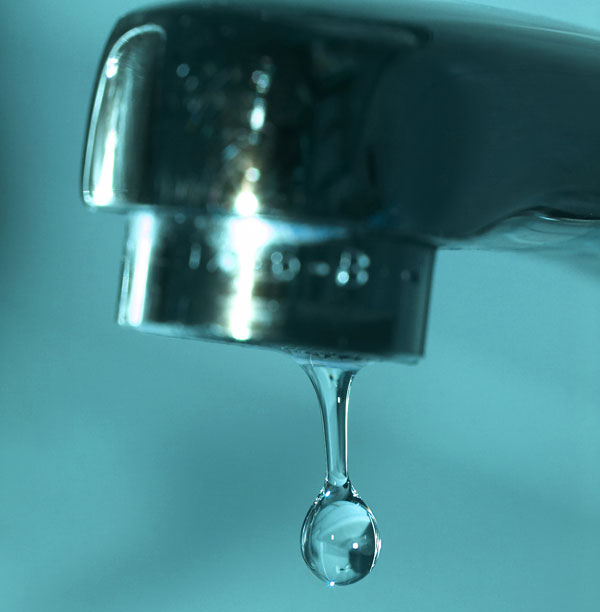by Jeremy Friedman
There is a lot of buzz about Green Building. Just about every channel you flip or page you turn has another reminder that green building is sweeping the nation. The percentage of new homes that are built with eco friendly features will rise from 2% in 2005 to an estimated 10% in 2010 according to a study by the NAHB and McGraw-Hill. That is 1 out of every 10 homes and a five hundred percent increase over a five year period! I can only make observations and guesses at what market conditions are driving these increases, but instead, what I want to talk about is why we should build green in the first place.
1. Green Buildings save Energy.
Buildings account for 39.4% of the total U.S. energy consumption. That is the TOTAL energy consumption. I don’t know if you have noticed, but every time I fill up with gas, or get my utility bill I am reminded of the ever increasing effects of demand for energy. Through some relatively simple changes in a building’s design and solar orientation, air sealing, high performance windows, efficient HVAC, and increased insulation this demand can be cut in half (or more).

2. Green Buildings save Water.
Occupants of Buildings use 12% of the total water consumed in the U.S. per day. Some easy ways to cut our water usage in half is to use low flow faucets and shower heads, low flow or dual-flush toilets, energy star or water sense dish washers and clothes washers, and native and draught resistant landscaping with water sensing or weathermatic irrigation. Every gallon of water that we conserve also means less energy to purify and deliver it to the home, and treat and return it to the environment.

3. Green Buildings are Healthier.
Indoor levels of pollutants may be two to five times higher than outdoor levels, and on average, Americans spend about 90 percent of their time indoors. This leads to problems such as cancer and asthma. More than 20 million people, including 6 million children have asthma. That is about 1 in every 15 people. Green buildings improve indoor air quality by air sealing, proper ventilation, air filtration, moisture management, and avoiding potential sources of pollutants such as VOCs and formaldehyde.
4. Green Buildings are a Great Investment.
Demand is high for green homes. The past 3 years have been extremely rough on the national housing market. Homes have lost an average of 12% of their value, but green certified homes have held their value, and in many cases increased in value. Green homes save money each and every month because of lower water, electric, and gas bills. Green certified commercial buildings enjoy these benefits as well as increased worker productivity. All Green certified homes have what is called a Home Energy Rating (HERS rating). Homes with Green Certifications, HERS ratings, and better indoor air quality will continue to enjoy these higher resale values similar to the way that gas guzzling SUVs are filling used car lots while their fuel efficient counterparts remain in demand.

5. Green Buildings Protect our Waterways from Pollution.
Buildings and their related paving replace natural surfaces with impermeable surfaces, creating runoff that washes sediments and pollution into waterways. This runoff is the fourth leading source of pollution in rivers, third in lakes, and second in estuaries. On the Gulf Coast we all can understand the value of the waterways, and many of us are attracted to areas near water because of these natural resources. Green buildings help to prevent this runoff by reducing impermeable surfaces, minimizing soil disturbance and erosion, and managing storm water by using low-impact development.
6. Green Buildings Reduce Waste.
Construction and demolition (C&D) debris accounts for nearly 60% of our total non-industrial waste each year. Green building works to prevent this waste by creating efficient floor plans, utilizing advanced framing techniques, using materials that use less resources, using renewable resources, and reclaimed or recycled materials.
7. Green Buildings Reduce our Carbon Dioxide Emissions.
When I think about CO2 emissions I usually think about cars and trucks as the primary offender, but buildings account for 38.1% of the U.S.’s total CO2 emissions. Green buildings reduce our carbon footprint by reducing energy requirements, and the amount of materials and resources needed for construction. Green development also works to site homes and businesses near essential services and sources of mass transit. In 1969 48% of students walked or biked to and from school compared to less than 15% in 2001. By changing the focus of our developments from automobiles to humans we can impact the CO2 emissions that come from autos.
Here are some related articles:
Save this article to:
back to top